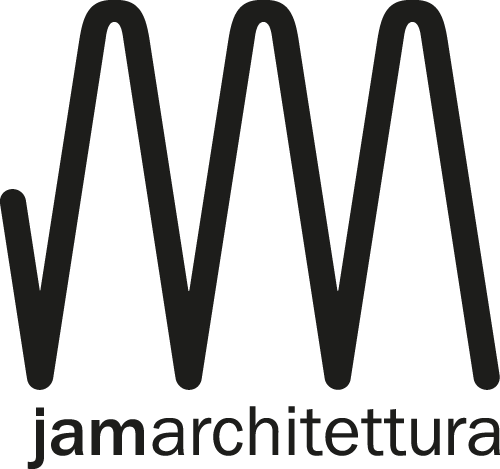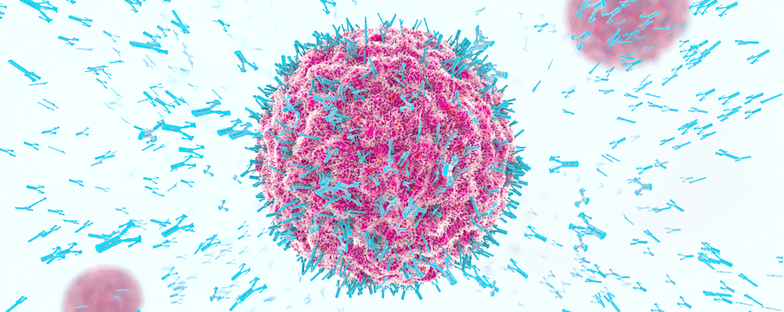FOR A DE-GLOBALIZED ARCHITECTURE
by Jacopo Muzio
original article https://www.arcipelagomilano.org/archives/55822
The Research Center for Disease Control and Prevention of theAmerican government published an epidemiological survey on a call center in South Korea, where the evolution of a Covid outbreak is shown 19 broke out in their offices located between the seventh and eleventh floors of a nineteen-storey building with typical tower distribution - ski lifts and services in the center, offices or apartments on the sides - equipped with mechanized and conditioned ventilation. The result is that on 1.143 people who frequented the palace, tested after the first case, 97 tested positive and 94 they were on the same floor and on the same side of the building, presumably near their air vents.
In an urban development that sees the clear predominance of engineering design, both at the decision-making and design level (distributive, structural, plant engineering, energy, etc.), and a greater incidence in the construction costs of the item "plants", bound by increasingly rigid regulatory frameworks and politically induced by solid manufacturing companies, I believe the above figure, in times of pandemic, it deserves some architectural reflection in relation to technology.
We have assisted, and we are witnessing more and more unarmed, to the progressive "space invaders", also in Milan, of refrigerator-buildings, emblems of an evergreen international style, that in addition to fully satisfying the appetites of a de-localized client with a financial matrix, provides for large objects: satisfying to the eye, waterproof to the outside, equipped with functional "mechanical lungs", with repetitive and scenographic elevations, with no relationship either with the surroundings or with the interior, often a disjointed "open space".
The non-drawing of the elevations - then faithfully imitated by the Milan architecture students - is limited to a mesh shaped by surface textures, often narrated by well-paid pages of national newspapers as a generic exaltation of the volume. Nothing new under the sky, modern cities have always been built by engineers, architecture is a relatively young discipline, however the results will be judged twenty years later: architecture is permanence.
These buildings - most often towers or skyscrapers, type suitable for maximizing profit in the smallest free area available - they have the advantage of being high-tech projects that can be cloned, that they can be made the same everywhere, in Milan as in South Korea or in the deserts of Saudi Arabia. Global architectures, they do not seek a contemporary dialogue with the history of places - which requires knowledge, culture and also local actors - and express a clear idea of society, divided by floors, like castes: in the metropolitan jungle, they are the urban dinosaurs that have adapted best to financial globalization. Urban dinosaurs because they are actually part of a way of designing dating back to the development matrix of the 1920s, often translated with a connotation of a province of the Empire.
but yet, among many advantages, they have a flaw: they are completely based on technology.
An energy blackout renders them useless, to evacuate. An aggressive virus, a microscopic parasite that has brought health and the world economy to its knees, it undermines their healthiness, the first principle of architecture: defend men from external nature and their fellow men.
Furthermore, if the economic system of globalization went into crisis, international energy supply, the production and transport capacity of prefabricated elements in other parts of the world, then assembled here, given the oversized nature of these buildings, no one would take care of them and their maintenance would be impossible. They are buildings born in times of peace, children of an unpredictable economic boom generation and aggressive capitalism, which sees architecture as a product, a sum of brands to be consumed by users, former inhabitants downgraded, without room for the genius loci, the also artisanal dimension of the building and the social horizon of making architecture.
Filters or replacements of expensive ventilation machines will not be enough to find a balance with the uninterrupted dialogue between the history of places and architecture, photography from every era; to establish a meeting point between the company, geography and for example the design of the thresholds of buildings, that modulate the relationship between inside and outside, giving peculiarities and identity to places, making them attractive. If an excess of technology can harm the inhabitants, the way of designing and the production processes of many offices need to be rethought, shops, case, medical centers, classrooms, means of transport, factories ... there is room for a new de-globalized architecture.
First rule of robotics: a robot cannot harm a human being nor can it allow that, due to his lack of intervention, a human being takes harm. (Isaac asimov)



